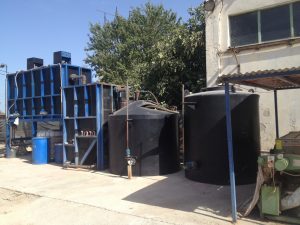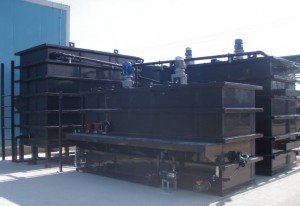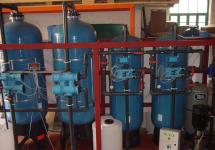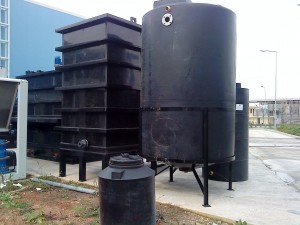
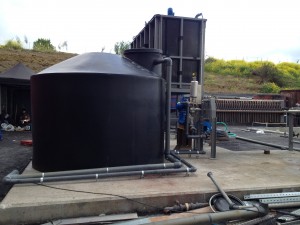
Physicochemical Treatment
The physicochemical treatment method is applied:
- In waste without organic load but with high concentrations of inorganic pollutants (mainly metals).
- As a pretreatment step to remove colloids, suspended solids, fats or mineral prior biological treatment methods.
- In tertiary treatment to remove nutrients (in particular phosphorus) or other undesirable compounds after biological treatment.
This method is based on physico-chemical characteristics of compounds to removal and combine mechanical processes with chemical reactions.
Examples of such applications that SIRMET S.A. designs and manufactures are:
- Remove metal or inorganic compounds by flocculation, aggregation and precipitation (metalworking industry and steel structures).
- Higher phosphorus removal by flocculation and separation by precipitation or filters (waste water).
- Removal of suspended solids and fats (dairy and cheese factories, slaughterhouses, meat processing) through flocculation, agglomeration and flotation with dissolved air.
- Removal of organic and inorganic pollutants in a sand filter arrays and activated carbon (waste water from agro facilities, waste water).
- Destructive oxidation methods for the rapid removal of complex organic compounds by Fenton reaction (farms, photovoltaic panel manufacturing units, meat processing, etc.)
The physico-chemical method in combination with biological methods can process burdened wastewater so that treated may be placed under environmental safety, within the limits of existing environmental legislation.

